A Step-by-Step Guide to Ace the Off-Campus Placements
A detailed practical guide with my cover letter and hacks to reach out to anyone!
2 years ago, I was a final year undergraduate student who was pursuing an engineering degree in electrical and electronics with 9.34 CGPA, was working with Google for software development fellowship by Women Techmakers and was awarded with the Google Ads Top Marketer award for my work towards an NGO under Google Ads Grant Online Marketing Challenge 2020.
Though it may look like a brag at this point but I was super confused on what exactly do I want to do and more importantly, how will I ever find a job with such weird and diverse background?
The answer was pretty straightforward but not simple, I need to create a unique combination of my skills and experiences and I took a leap of faith that there will be a job to cater such experiences. Well, I was not wrong.
With a couple of months of extensive research, reaching out to a lot (like really a lottt) of people and giving almost 35+ interviews (and getting rejected in most of them), I landed a job as a Product Manager at Bajaj Finserv Health.
But how will an electrical engineer final year student can get a job directly as a Product Manager? Well, great question!
The answer is through off campus placements.
As the placement season is approaching for college students, here is the step by step guide on how anyone from any background can work on themselves to get the job personalised to their experiences rather than the conventional on-campus placements.
This detailed step -by-step guide will tell you how. Let’s figure it out…
Off-campus placements are, for sure, tougher and way more time-consuming than on-campus ones. It tests your patience on another level and leaves you with a burn-out especially as a fresher.
The major reason is when a company visits on-campus, they do have a commitment towards your college and your college works as authentication for your qualities but there is no such authentication in the off-campus processes. So, how can you make the recruiter believe that you are not only genuine with your skills but also is the best candidate for the job?
I’ve prepared this step by step guide that has worked for a lot of people(including me). Here it goes:
Step 1 — Start with your WHY and build a story
This is the first and most important step. It has to be done before applying to any firm(obviously). So, prior to the process, give yourself some time, do a swot analysis of your skills, interests, experiences, and convince yourself why you really want to work as a <profession> at <desired company> before convincing any recruiter because the below mentioned scenario is definitely not the ideal one :p
Also while choosing, be super-specific. Try to think like a recruiter.
Once you’ve chosen a domain, try to build a story of why you are choosing a particular domain, what you’ll bring to the table and why should a firm be hiring you over anyone for that role? This gives you the confidence you need to move ahead in the process!
Step 2 — Update Social Media Handles
Professional social media handles like LinkedIn, Github, Portfolio, etc acts as authenticator in off-campus placements. By updating them, you are convincing the recruiter that you are a genuine candidate and all these channels will act as proof of your work. LinkedIn Recommendations are also a way to showcase that people have shown trust in you before and you really are good at what you are supposed to do in the firm.
It’s very important to keep your handles updated, keep it as professional as they can be, and try to connect with like-minded people by sharing your thoughts.
Step 3 — Resume Building
There are hundreds and thousands of articles on how to build a resume so I am skipping that part here but I’ve presented a session on Personal Branding and Resume Making to make your resume stand out and get shortlisted for scholarships and jobs.
You can access the tips and the best practices at the following link - Personal Branding and Resume Making by Anjali Sharma.
In short, you need to tailor your resume according to the job you’re applying for including the keywords and in line with expectations of the job profile. It may sound like a crazy thing to do, but the more you customize your resume and cover letters, the more are your chances of getting shortlisted.
So it’s a high pain, high gain case!
Step 4 — Cover Letters
Cover letters are basically a recommendation letter to self, explaining the reasons why are you a good fit for the organization at this specific role.
According to a Linkedin survey, people applying via cover letter has 23% more chances of getting selected. Get this free 23% and prepare a relatable cover letter.
Most of us see cover letters as a waste of time as we do believe that recruiters don’t read it. That’s true to some extent but in my conversations with recruiters from Google and other big tech firms, I came to realize that some do and that will make a huge difference.
My personalised cover letter
I have reached out to a lot of people with “Why should you consider my application at <company name> for <desired position> as my subject line. I’ve also done by reasearch for each of the company to create a pitch deck highlighting what they do and how can I contribute to their vision.
It is just to inform that I’ve never got a response for this email and I’ve never got a response to any of the other 50+ emails I’ve sent throughout the process but it’s never about the hundreds of rejections, it’s about one selection which I got from my present employer. So, stay in the game and increase your luck surface area.
Step 5 — Apply, Apply, Apply (the most imp step)
Once you’ve done your research, tailored your resume and cover letter, now is the time to apply for as many positions as you want to as early as possible.
How I find the contact information of recruiters?
#1 - Though LinkedIn and similar platforms have done this work for you, if you are specific about a role or a company you can go to websites like hunter.io where you can get upto 50 free contact information of anyone.
#2 - Though most of the emails are the combination of first name and last name and hence you can try <first-name>(dot)<last-name>@<company-url> and put this in an excel via smart chips to validate the email. Lucas Perret, a Sales Operating Manager at Lemlist, has excellently summed up this technique in his post here.
Pro tip — be super specific about the role you’re seeking. Do not ask the firm to see if there’s any role for you, they won’t do that and it shows you’ll settle for anything, which is a negative trait. Do your research and be precise. Also, always attach your resume in all the emails or messages you’re sending across while networking.
How do I come to know what (and where) are the open positions?
Though there’s no easy way to find this, you have to do your part of the work. Here are the few things you can do!
Subscribe to job opening alerts of your desired role at LinkedIn, Google Jobs, Naukri, Indeed, Monster, etc.
Follow #wearehiring #jobs #hiring #activelyhiring #newopenings and similar hashtags on Linkedin, Twitter, Instagram, etc
Follow pages and join Telegram channels(there are many) that shares the job openings and other opportunities
Ask the recruiter or the talent acquisition team about the process via LinkedIn if you have any specific company or role in mind
Search the industries blooming at times of COVID like the ed-tech(Gradeup, HackerEarth, Interviewbit, Testbook) e-commerce(Flipkart, Myntra, Amazon, Snapdeal), telecom(Airtel, Jio, Idea+Vodafone), etc. Visit their careers page and apply even though you do not fulfill 100% of the eligibility criteria.
And my favorite, just look around and analyze your day in terms of the products you use to find the potential companies to apply.
For example —the ads you see during your favorite show or IPL(Pepsico, Dream11, Cred, Volkswagen), the soaps you use(Lux, Dove, Johnsons&Johnsons), your hair oil brands(Hindustan Uniliver, P&G), your daily consumptions(Maggi, Nestle, Cadbury, Bata, Fortune), the apps and websites you use regularly(inshots, Avast, Canva, Github, LinkedIn, Times of India, Uber) and similar competitors of the domain!
Almost all of the companies are having software and an analyst profile. So all we have to do is to find the roles, apply for them and wait patiently for our application to get lucky :)
Apply even when you are not 100% qualified for the job. Let the recruiter take the decision of acceptance or rejection, DO NOT SELF REJECT. You might be rejected in many(or most) of them but you need just one role in one company and your work is done!
I hope this article will help you through the process and I wish you the best of luck with your placements :)
Do send this article to your friends or juniors and feel free to reach out to me via LinkedIn or Twitter for any further queries!
Until then, stay curious and keep asking great questions!



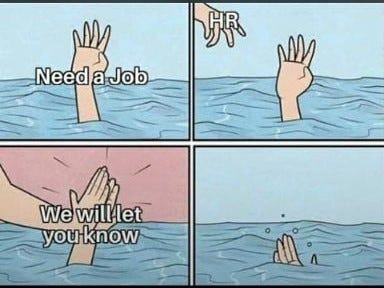
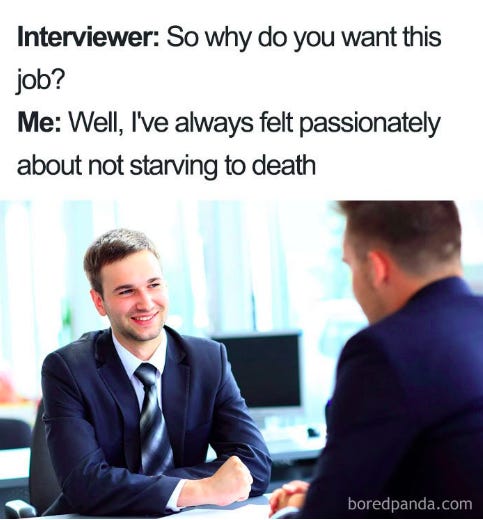
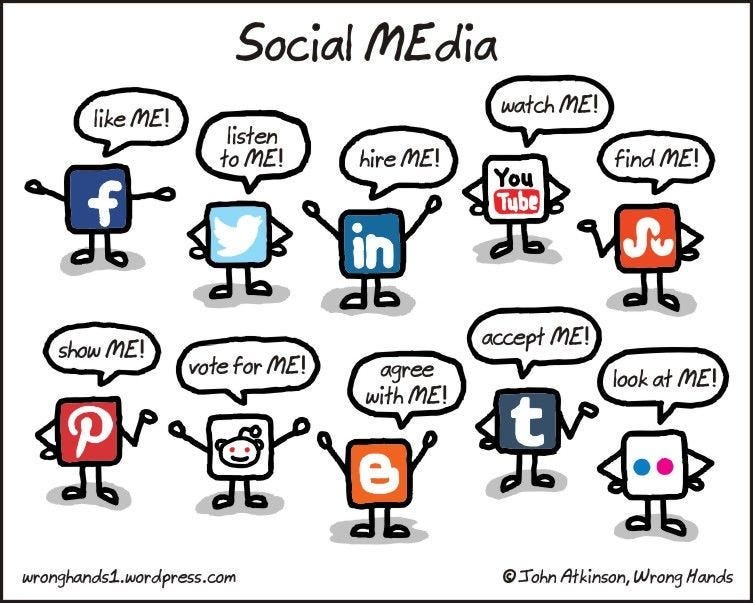
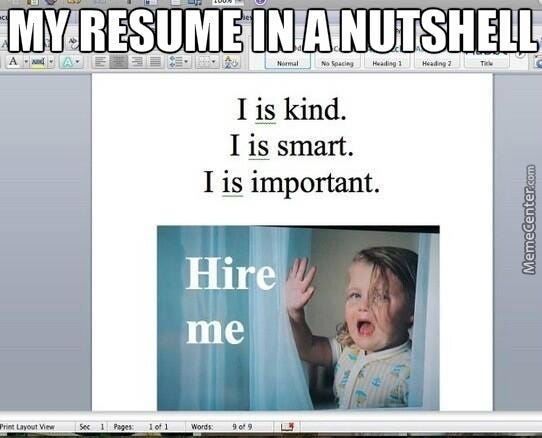
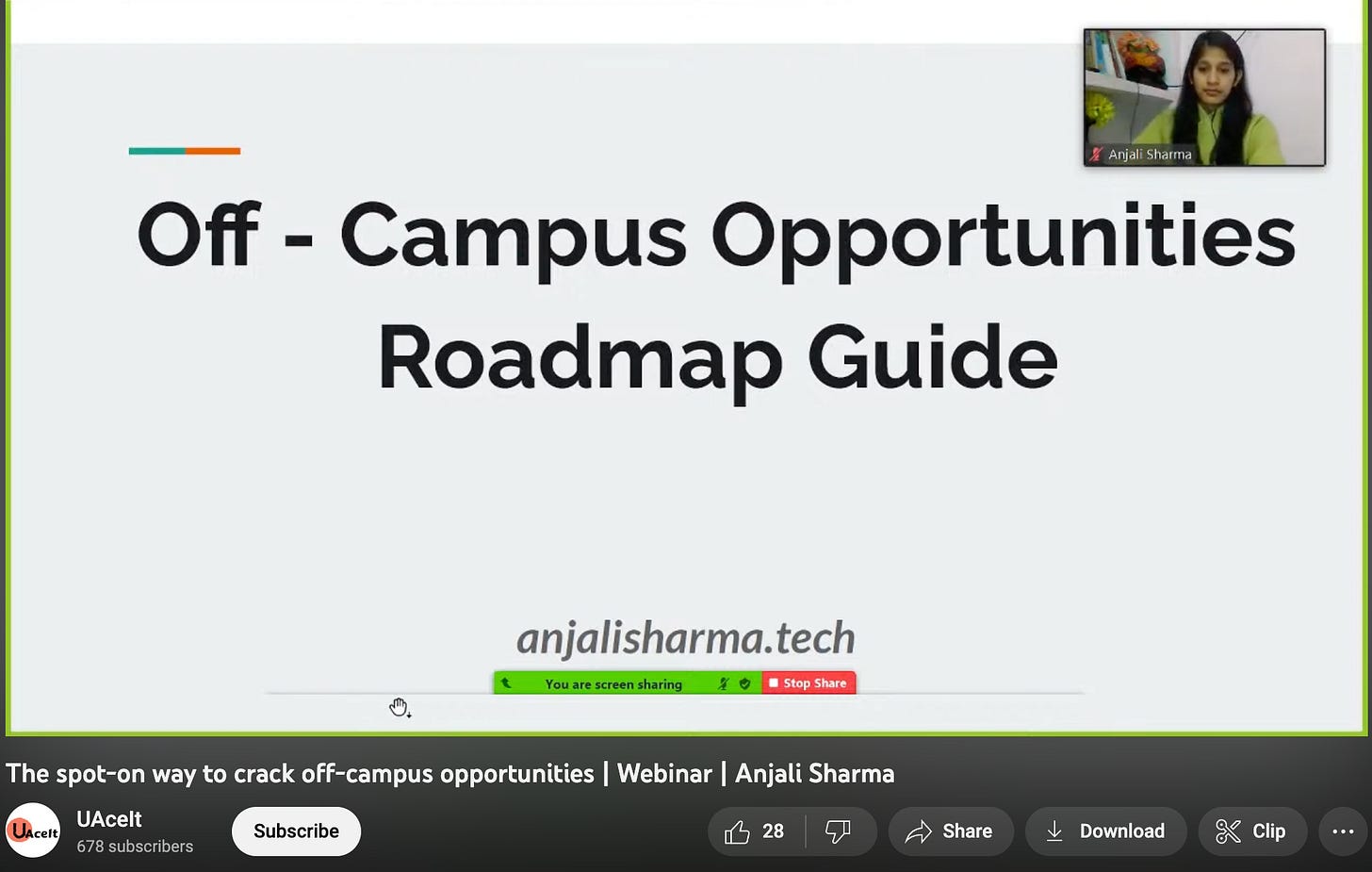
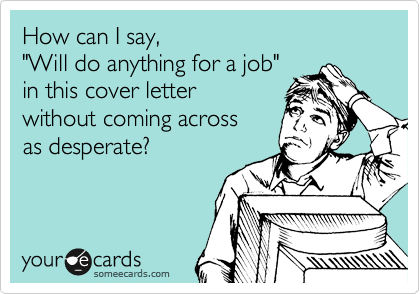
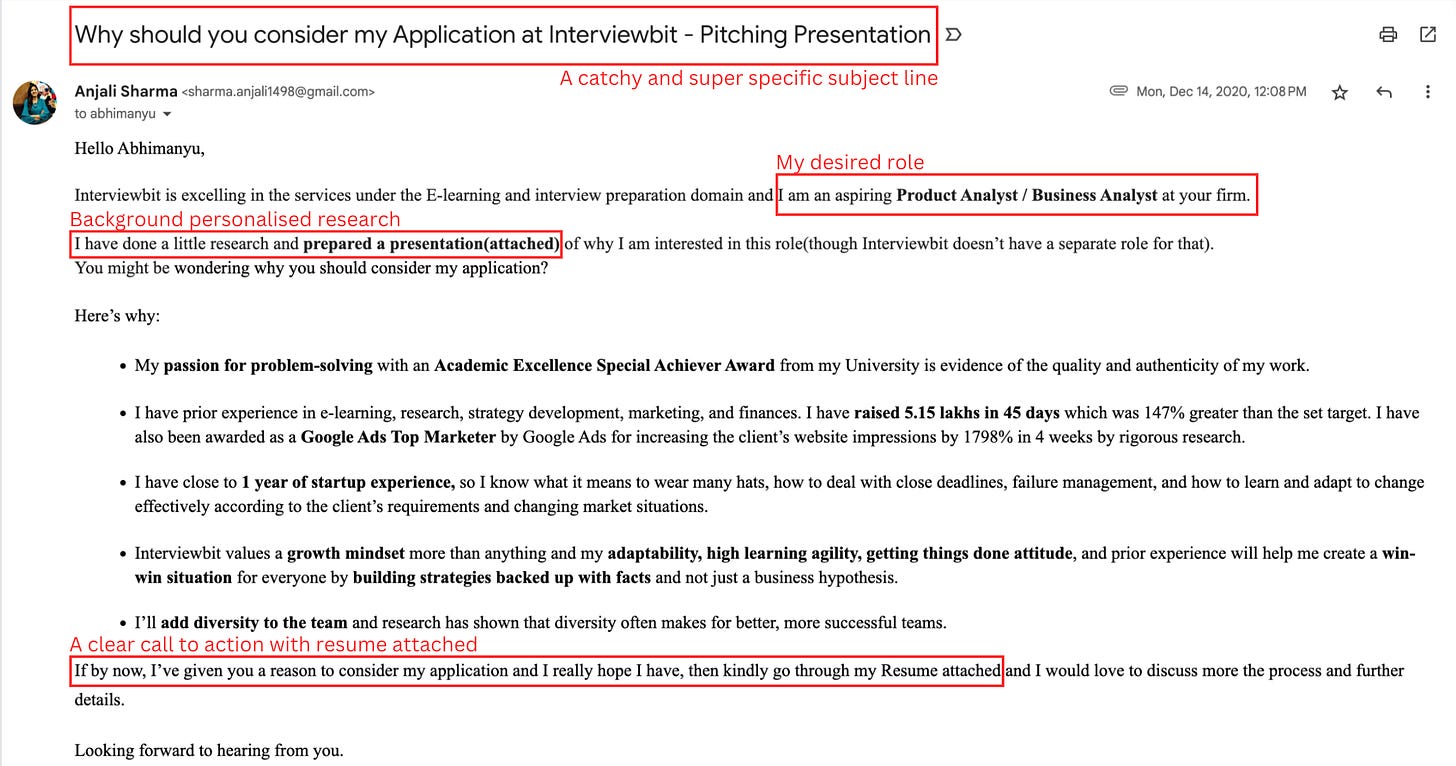


Insightful, thanks for sharing.